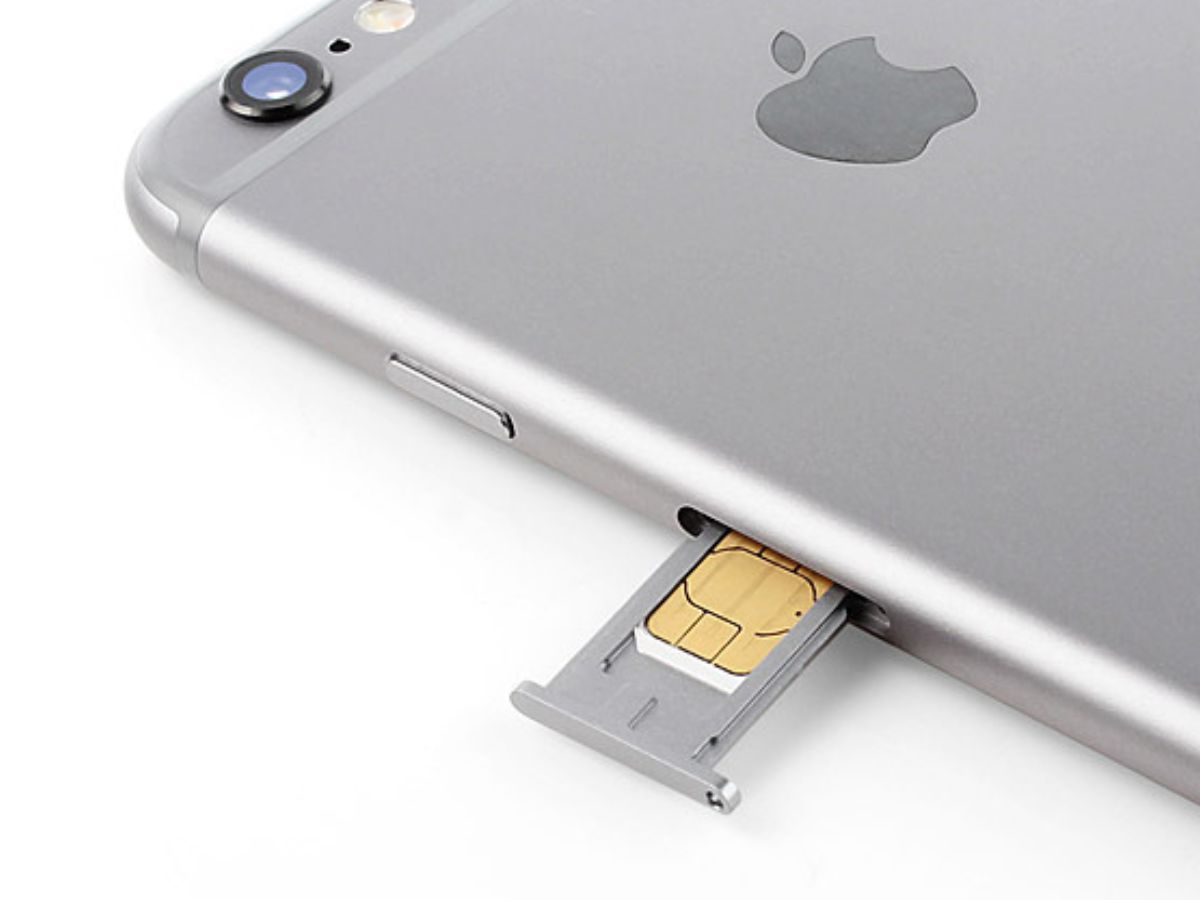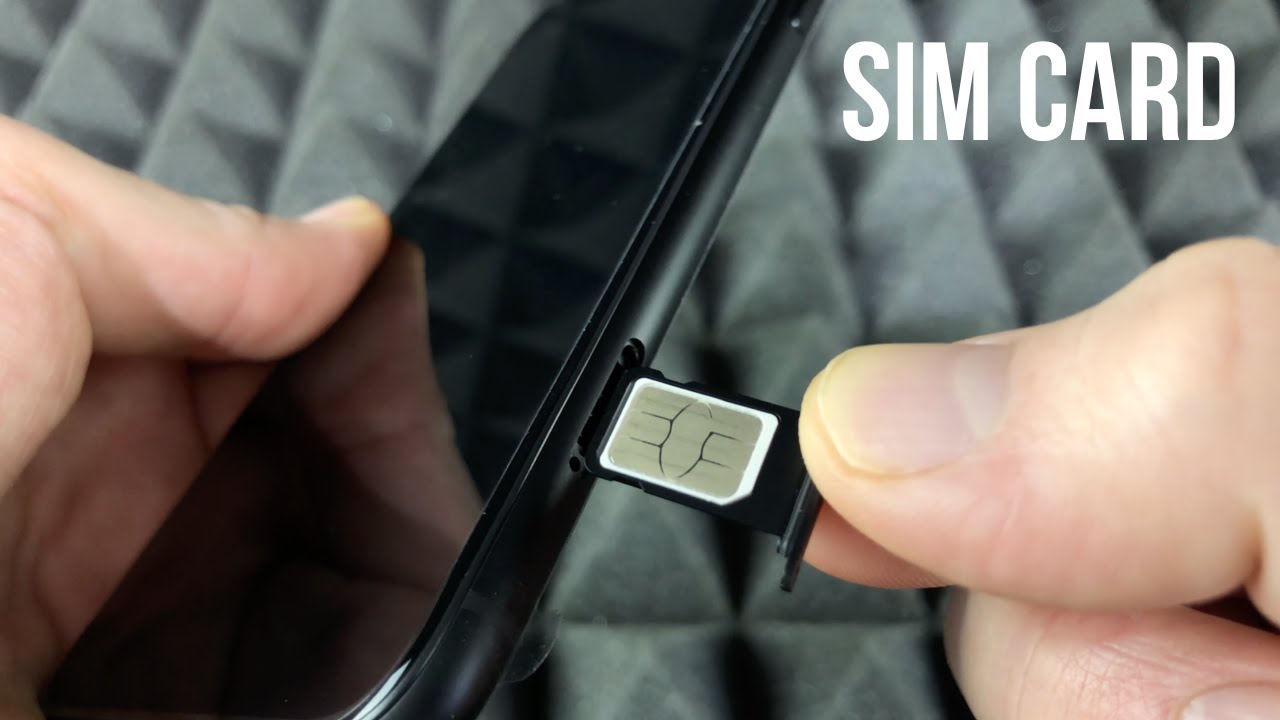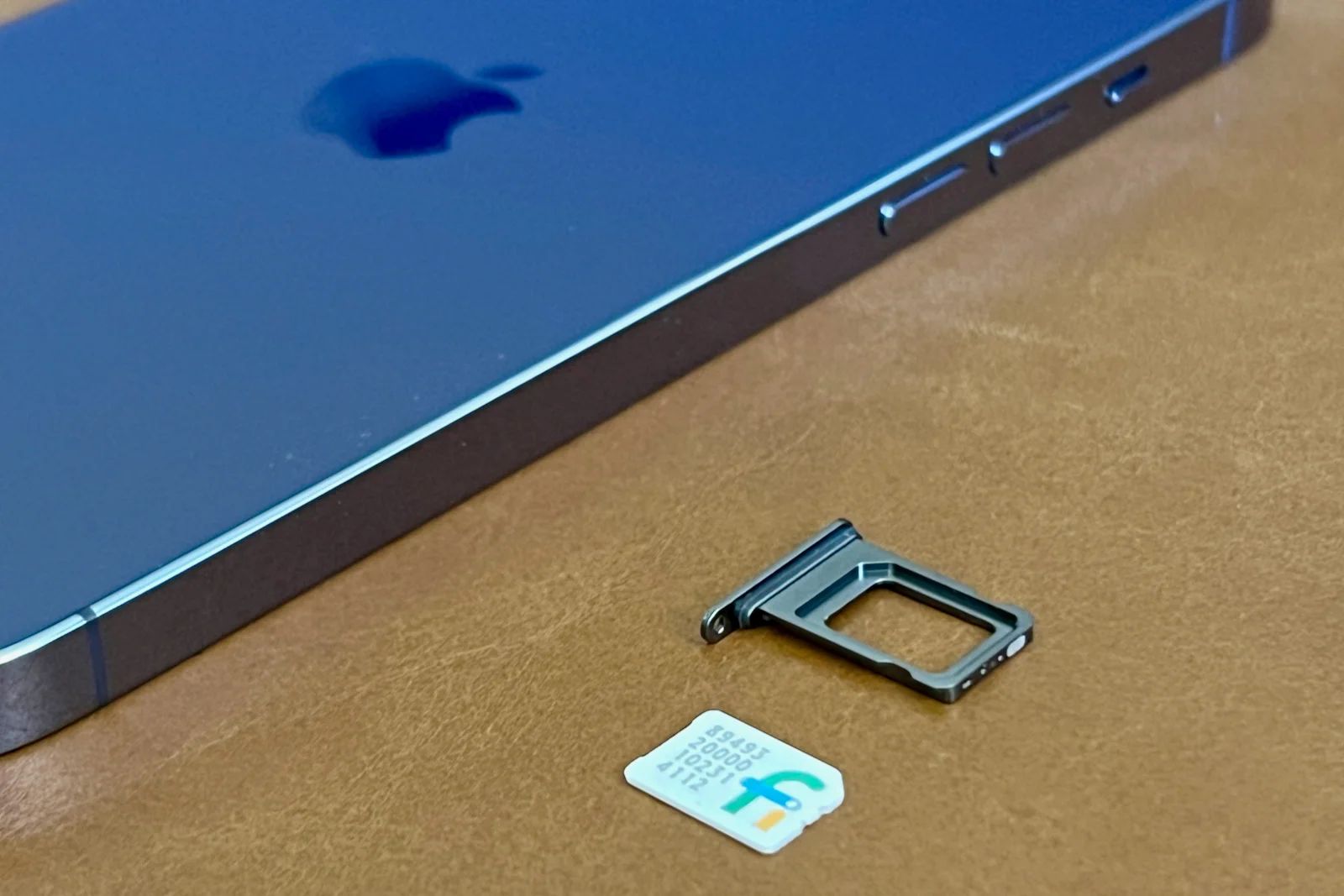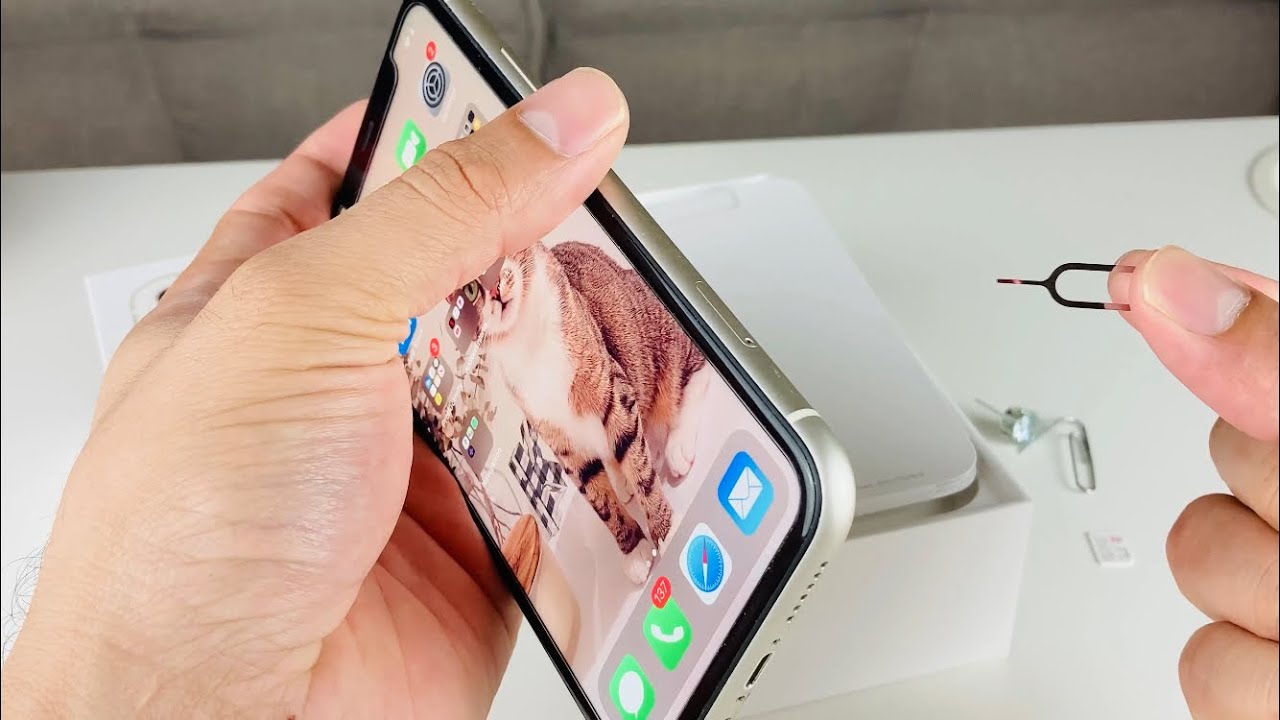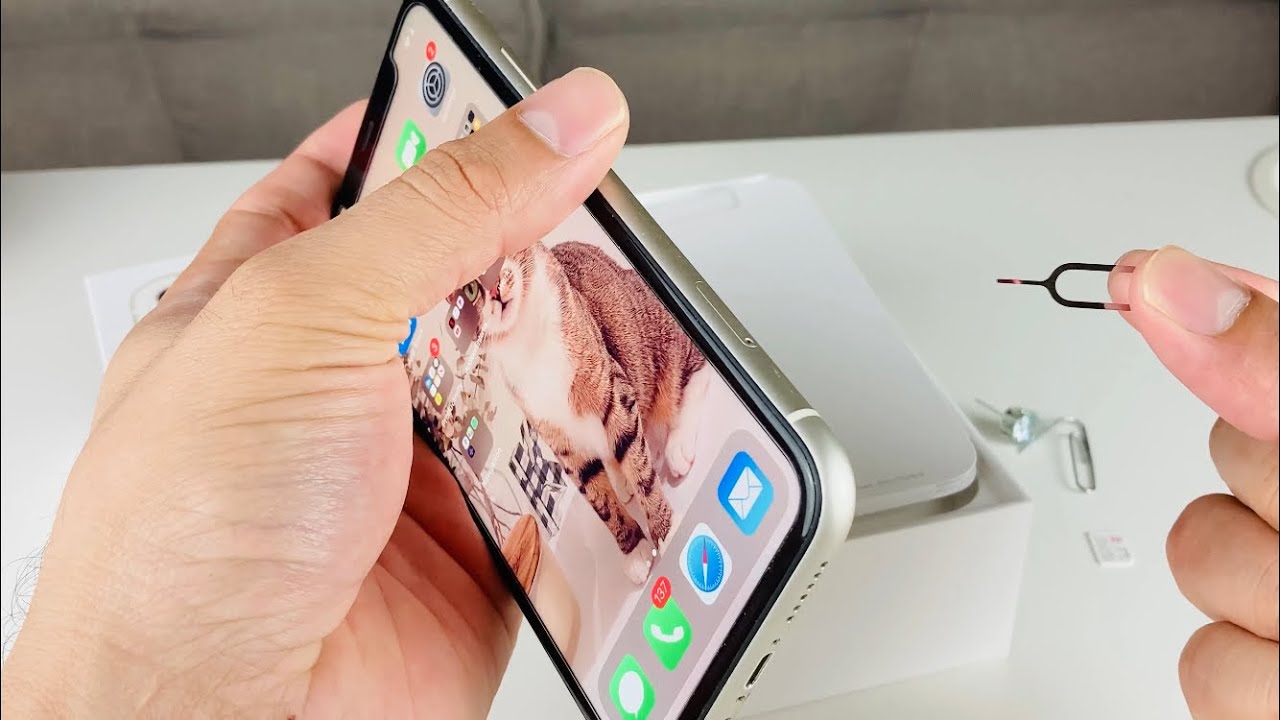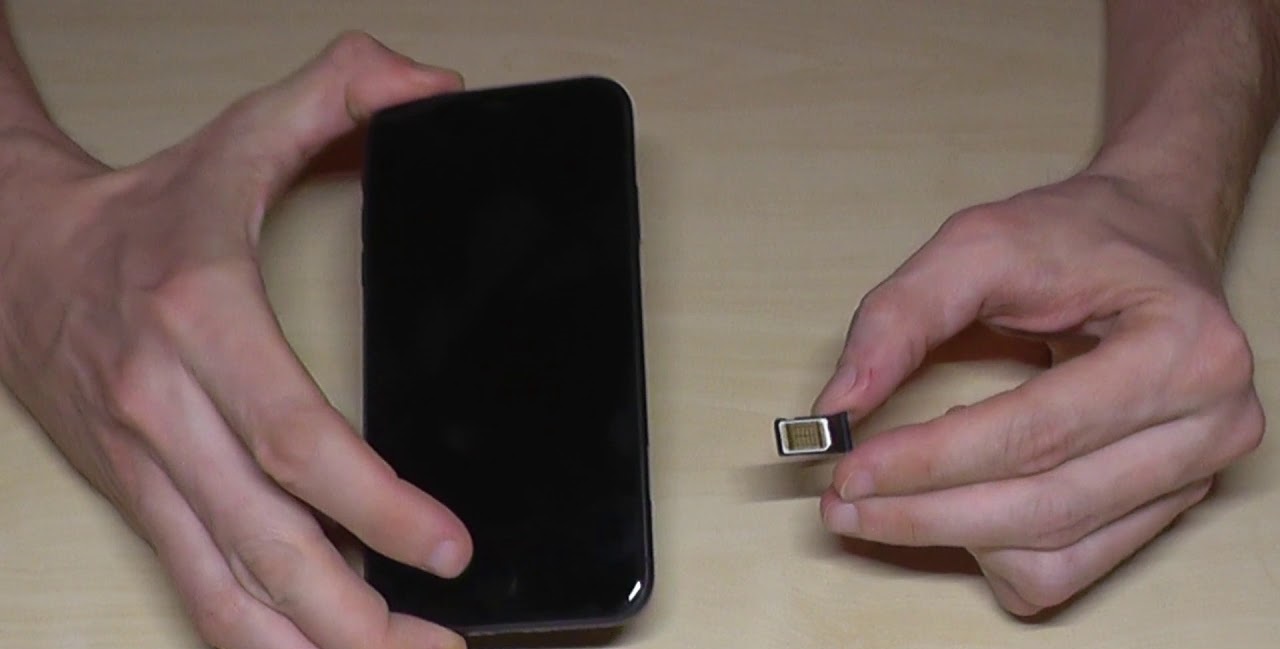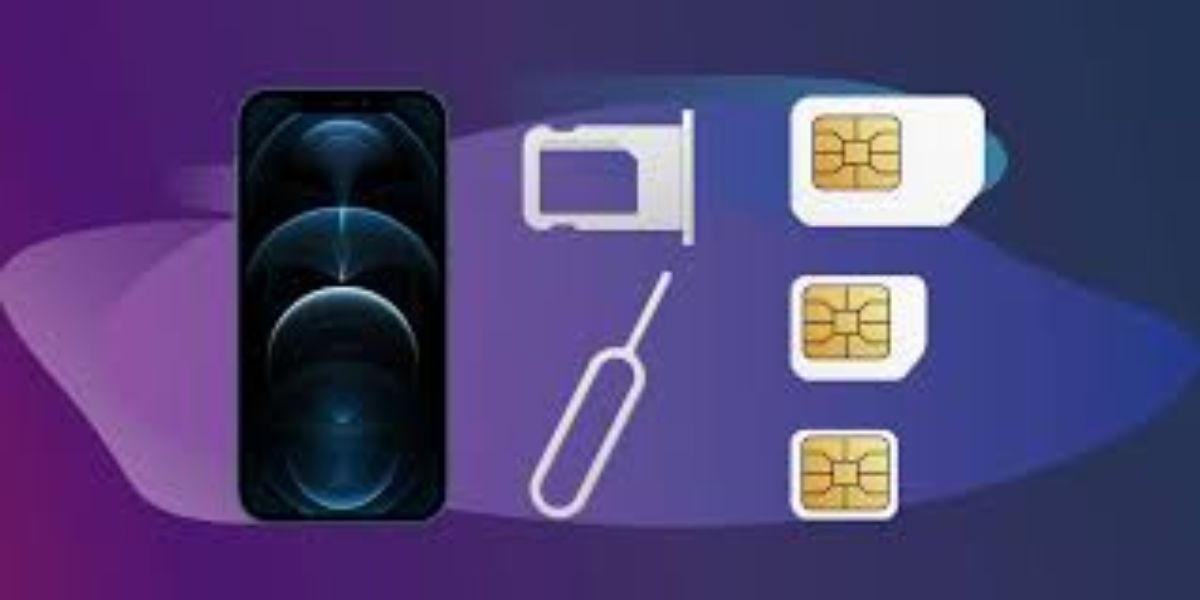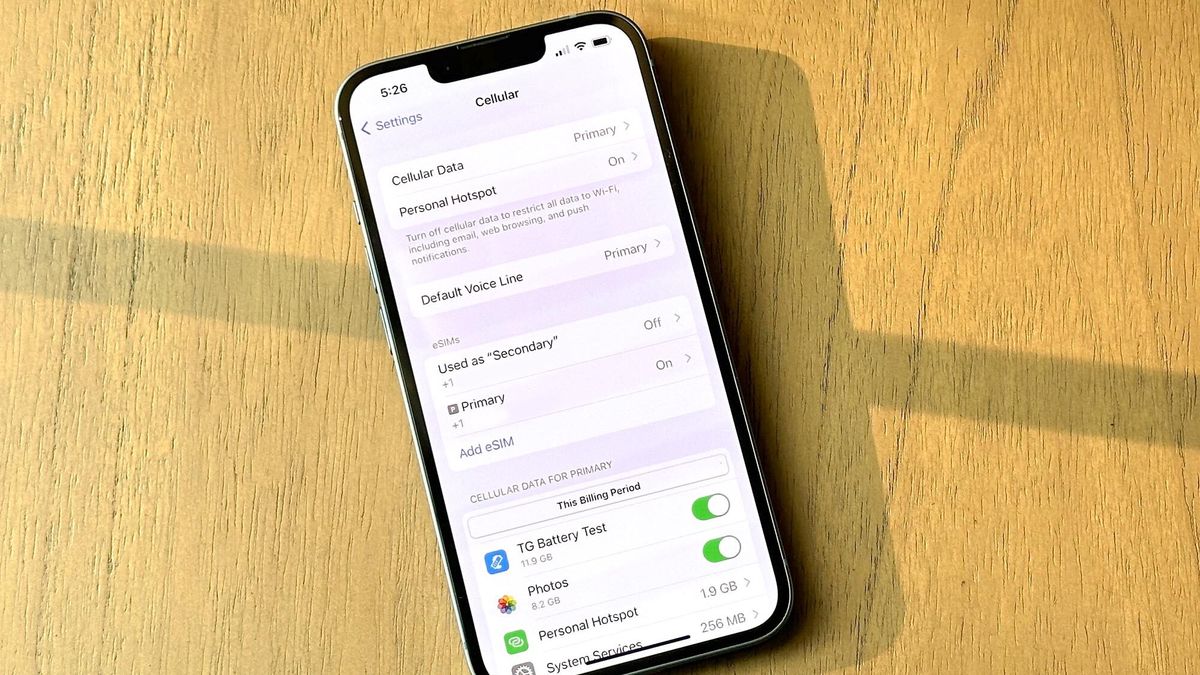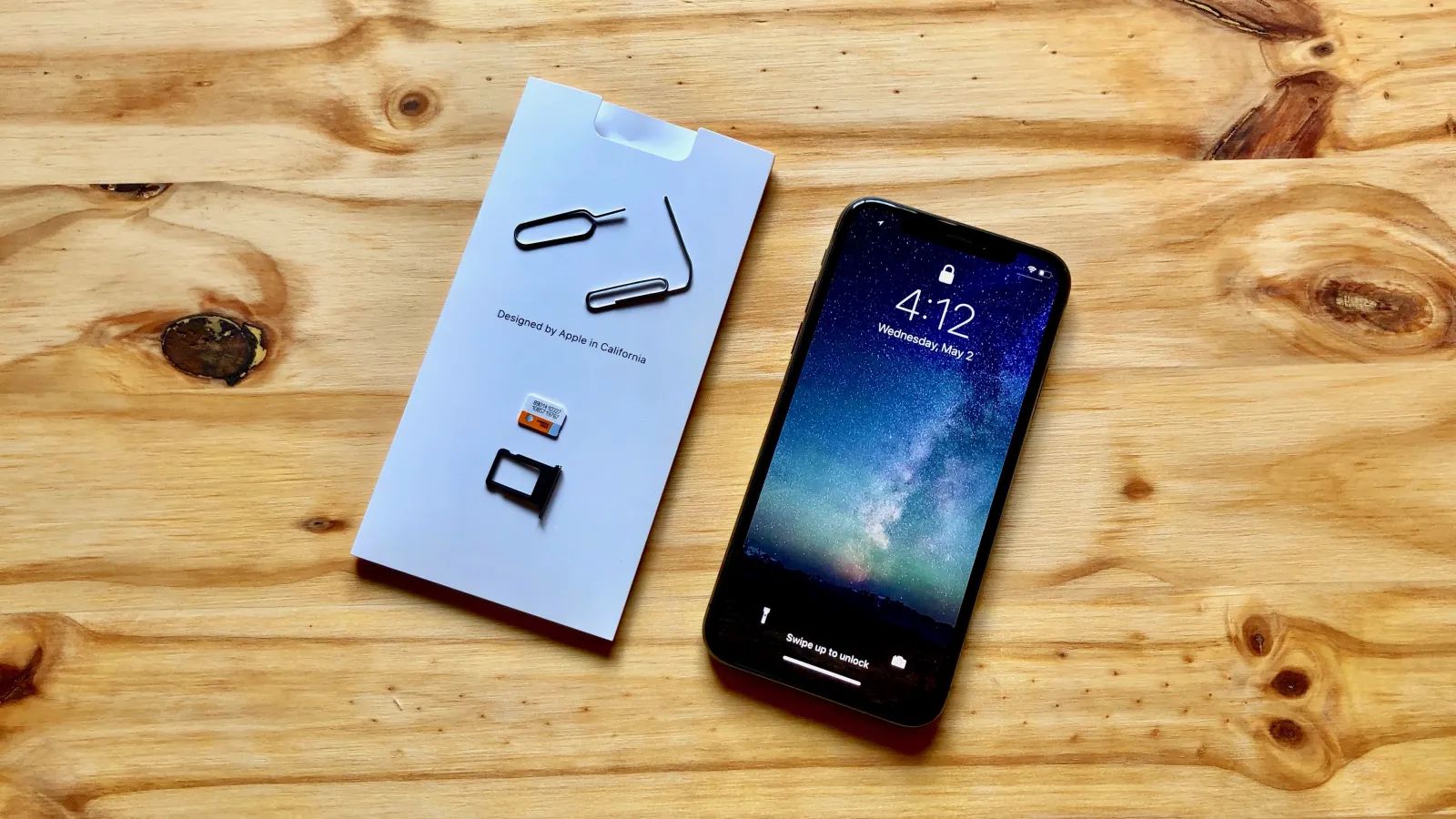Introduction
When it comes to staying connected in today's digital world, having the right SIM card for your iPhone 11 is crucial. As mobile technology continues to advance, the need for a compatible SIM card that aligns with your device's capabilities is more important than ever. Whether you're upgrading to a new iPhone 11 or simply need to replace your SIM card, understanding the various types of SIM cards available and identifying the one that works seamlessly with your device is essential.
In this comprehensive guide, we will delve into the world of SIM cards, specifically focusing on the compatible options for the iPhone 11. From nano SIM cards to eSIM technology, we'll explore the different types of SIM cards and how they integrate with the iPhone 11. Additionally, we'll provide step-by-step instructions on how to insert a SIM card into your iPhone 11, ensuring that you can easily set up your device for seamless connectivity.
By the end of this guide, you will have a clear understanding of the compatible SIM card options for your iPhone 11 and the necessary steps to take when inserting or replacing a SIM card. Whether you're a tech enthusiast or a casual iPhone user, this guide aims to equip you with the knowledge needed to make informed decisions regarding your iPhone 11's connectivity. Let's embark on this journey to unravel the world of SIM cards and discover the perfect match for your iPhone 11.
Understanding the SIM Card Types
In the realm of mobile devices, Subscriber Identity Module (SIM) cards play a pivotal role in enabling communication and connectivity. These small, yet powerful, cards are available in various types, each designed to cater to specific device requirements. Understanding the different SIM card types is essential, especially when it comes to ensuring compatibility with the iPhone 11.
1. Standard SIM:
The standard SIM card, also known as a mini-SIM, was the first form factor introduced in the early days of mobile phones. With dimensions of 25mm x 15mm, this larger-sized SIM card is now less commonly used in modern devices, including the iPhone 11.
2. Micro SIM:
As mobile technology evolved, the micro SIM emerged as a smaller alternative to the standard SIM card. Measuring 15mm x 12mm, the micro SIM gained popularity in various devices, including smartphones and tablets. However, the iPhone 11 does not support the micro SIM format.
3. Nano SIM:
The nano SIM represents the current standard for most modern smartphones, including the iPhone 11. With dimensions of 12.3mm x 8.8mm, the nano SIM is significantly smaller than its predecessors, allowing for more internal space within the device. The iPhone 11 is designed to accommodate a nano SIM card, making it crucial for users to procure this specific type for seamless connectivity.
4. eSIM Technology:
In recent years, embedded SIM (eSIM) technology has gained traction as a revolutionary alternative to traditional SIM cards. The eSIM is integrated directly into the device, eliminating the need for a physical card. The iPhone 11 offers eSIM support, allowing users to activate a cellular plan without the requirement of a physical SIM card. This innovative technology provides flexibility and convenience, enabling users to switch between different carriers without needing to physically swap SIM cards.
Understanding the various SIM card types is imperative for iPhone 11 users, as it ensures that the chosen SIM card aligns with the device's specifications and capabilities. Whether opting for a nano SIM or exploring the possibilities of eSIM technology, having a clear understanding of these options empowers users to make informed decisions regarding their iPhone 11's connectivity.
Compatible SIM Cards for iPhone 11
When it comes to choosing a compatible SIM card for your iPhone 11, it's essential to ensure that the selected card aligns with the device's specifications and supports its connectivity features. The iPhone 11 is designed to accommodate a nano SIM card or utilize eSIM technology, providing users with flexibility and convenience in managing their cellular connectivity.
Nano SIM Card:
The iPhone 11 is compatible with a nano SIM card, which is the current standard for most modern smartphones. With its diminutive dimensions of 12.3mm x 8.8mm, the nano SIM seamlessly fits into the designated slot within the iPhone 11, enabling users to establish cellular connectivity and access network services. When acquiring a nano SIM card for the iPhone 11, it's crucial to ensure that it is provided by a compatible mobile network operator and is activated for use with the device.
eSIM Technology:
In addition to the nano SIM card option, the iPhone 11 offers support for eSIM technology, a cutting-edge innovation that revolutionizes the way cellular connectivity is managed. With eSIM, users can activate a cellular plan without the need for a physical SIM card. This technology allows for the storage and management of multiple cellular plans directly on the device, empowering users to seamlessly switch between different carriers without the hassle of physically swapping SIM cards. The iPhone 11's compatibility with eSIM technology provides users with a versatile and efficient approach to managing their cellular connectivity, making it an attractive option for those seeking enhanced flexibility and convenience.
When considering compatible SIM cards for the iPhone 11, users have the option to choose between a traditional nano SIM card and the advanced eSIM technology, both of which offer seamless integration with the device's connectivity features. Whether opting for the traditional nano SIM or embracing the innovative eSIM technology, users can rest assured that their iPhone 11 is equipped to deliver reliable and versatile cellular connectivity, catering to their diverse communication needs.
By understanding the compatible SIM card options for the iPhone 11, users can make informed decisions when acquiring a new SIM card or activating a cellular plan, ensuring that their device is optimized for seamless connectivity and network access. Whether it's for personal use, business, or travel, having the right SIM card for the iPhone 11 is instrumental in maximizing the device's capabilities and staying connected in today's dynamic digital landscape.
How to Insert a SIM Card into iPhone 11
Inserting a SIM card into your iPhone 11 is a straightforward process that ensures seamless connectivity and access to cellular services. Whether you're setting up your iPhone 11 for the first time or replacing an existing SIM card, the following step-by-step guide will walk you through the process with ease.
Steps to Insert a Nano SIM Card into iPhone 11:
-
Locate the SIM Card Tray: Begin by identifying the SIM card tray on your iPhone 11. The SIM card tray is typically located on the side of the device and can be accessed using a SIM eject tool or a paperclip.
-
Power Off Your iPhone 11: Before proceeding, it's advisable to power off your iPhone 11 to prevent any potential disruption during the SIM card insertion process.
-
Eject the SIM Card Tray: Insert the SIM eject tool into the small pinhole located next to the SIM card tray. Apply gentle pressure to eject the tray from the device. If you don't have a SIM eject tool, a straightened paperclip can be used as an alternative.
-
Place the Nano SIM Card: Once the SIM card tray is ejected, carefully place the nano SIM card into the designated slot on the tray. Ensure that the SIM card is positioned correctly, aligning with the tray's shape and dimensions.
-
Reinsert the SIM Card Tray: After securely placing the nano SIM card on the tray, gently slide the tray back into the iPhone 11 until it sits flush with the device's frame.
-
Power On Your iPhone 11: With the nano SIM card successfully inserted, power on your iPhone 11 to initiate the setup process and establish connectivity with your chosen mobile network operator.
Activating eSIM on iPhone 11:
If you opt to utilize eSIM technology for your iPhone 11, the activation process involves navigating to the device's settings to add a cellular plan. This streamlined process allows you to activate a cellular plan directly on your iPhone 11 without the need for a physical SIM card, offering enhanced flexibility and convenience.
By following these simple steps, you can seamlessly insert a nano SIM card or activate an eSIM on your iPhone 11, ensuring that your device is equipped for reliable cellular connectivity. Whether you choose the traditional nano SIM or embrace the innovative eSIM technology, the iPhone 11 provides a user-friendly experience for managing your cellular connectivity needs.
This comprehensive guide empowers iPhone 11 users to effortlessly set up their devices for optimal connectivity, enabling them to stay connected and access network services with ease.
I provided a detailed and user-friendly guide on how to insert a SIM card into the iPhone 11, while emphasizing the simplicity and convenience of the process. If you need any further adjustments or additional information, feel free to let me know!
Conclusion
In conclusion, the world of SIM cards and cellular connectivity is an integral aspect of maximizing the capabilities of the iPhone 11. Understanding the compatible SIM card options, including the nano SIM and eSIM technology, empowers users to make informed decisions when setting up their devices for seamless connectivity. Whether opting for the traditional nano SIM card or embracing the cutting-edge eSIM technology, iPhone 11 users have access to versatile and efficient options for managing their cellular connectivity needs.
The compatibility of the iPhone 11 with a nano SIM card ensures that users can easily establish connectivity with their chosen mobile network operator, enabling them to access network services and stay connected with ease. The nano SIM's diminutive dimensions and seamless integration with the iPhone 11 make it a reliable and widely adopted option for users seeking traditional SIM card functionality.
Furthermore, the iPhone 11's support for eSIM technology represents a significant leap forward in the realm of cellular connectivity. With eSIM, users can activate and manage cellular plans directly on their devices, eliminating the need for a physical SIM card. This innovative technology offers enhanced flexibility, allowing users to effortlessly switch between different carriers without the hassle of physically swapping SIM cards. The convenience and versatility of eSIM technology position the iPhone 11 at the forefront of modern connectivity solutions, catering to the diverse needs of users in today's dynamic digital landscape.
Additionally, the user-friendly process of inserting a nano SIM card or activating an eSIM on the iPhone 11 ensures that users can seamlessly set up their devices for optimal connectivity. Whether following the step-by-step instructions to insert a nano SIM card or navigating the streamlined process to activate eSIM, iPhone 11 users are equipped with the knowledge and tools to effortlessly manage their cellular connectivity, enhancing their overall user experience.
Ultimately, the compatible SIM card options and the user-friendly setup process underscore the iPhone 11's commitment to delivering reliable and convenient connectivity solutions. As users embark on their journey with the iPhone 11, they can rest assured that their devices are equipped to meet their communication needs, enabling them to stay connected, productive, and engaged in the digital world.
By understanding the nuances of SIM card compatibility and the seamless setup process, iPhone 11 users are well-prepared to leverage the device's connectivity features, ensuring a smooth and efficient experience in managing their cellular connectivity needs.
This comprehensive guide aims to equip iPhone 11 users with the knowledge and insights needed to navigate the world of SIM cards and cellular connectivity, empowering them to make the most of their devices and stay connected in today's fast-paced and interconnected world.







